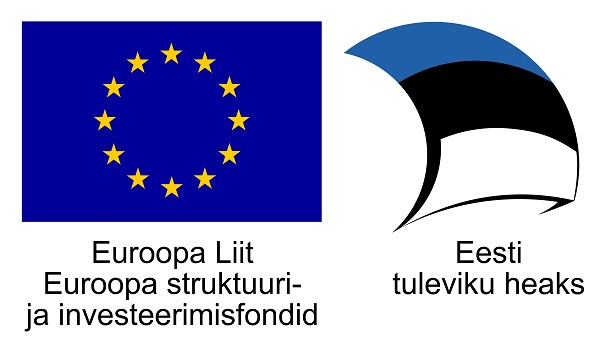Domains of CI
The goals for mapping Estonia’s creative industries are to consolidate the existing information and to map Estonia’s creative industries to give an overview of the trends as well as their development potential, and to analyze the importance of the creative industries in employment and enterprise.
The creative industries were categorized into the following (sub-)sectors for the purpose of these research studies:
| Sector | Sub-sector |
| Architecture | architecture, landscape architecture, engineering, interior design |
| Audiovisual sector | film and video, broadcasting |
| Design | design services |
| Performing arts | theatre, dance, festivals |
| Publishing | books |
| Information technology | entertainment IT |
| Cultural heritage | handicraft, museums, libraries |
| Art | fine arts applied arts |
| Music | music enterprises and organizations |
| Advertising | advertising, media services |





